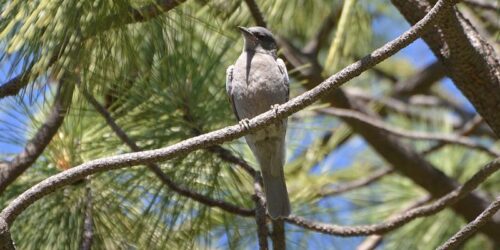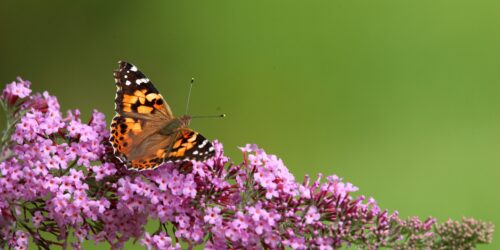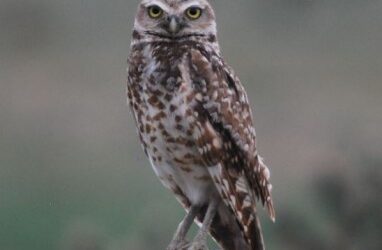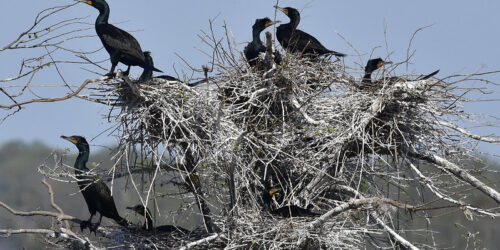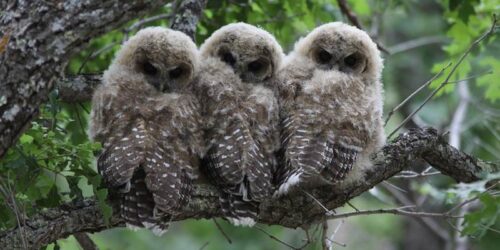The Lois Webster Fund
Supporting Colorado non-game wildlife research, education, and conservation

It was always Lois’ dream to create this fund and, when in 1995—on her 75th birthday—her friends and family generously donated, the Lois Webster Fund (LWF) was started, giving life to her dream.
To further its impact, each year the LWF relies on the contributions from generous donors to enable researchers to find answers to questions important for conservation; to engage learners of all ages in research; to educate about Colorado non-game wildlife and threats to their populations; and to provide support for restoring and managing habitats and populations of our beloved Colorado non-game wildlife.
Since its founding in 1995, the Lois Webster Fund (LWF) has awarded 69 grants totaling over $154,000 to non-profits, students, and teachers associated with higher education and schools, as well as local, state, and federal public land and natural resource agencies. Grantees are required to partner with like organizations, thus ensuring the LWF grants have impacts far beyond their face value.


CURRENT AND PAST PROJECTS
2023 PROJECTS
leveraging field data and remote sensing to monitor avian population trends across post-fire pinon/juniper ecosystems
This study used field surveys to determine avian population trends on pinon/juniper ecosystems in BLM, National Park, and Ute tribal lands, first using remotely sensed aerial data to supply information to characterize the PJ habitat, some which has experienced fire and some of which has not. Population trends were compared on burned and unburned areas.
Rachel Crafford, Western Colorado University
Photo Credit: “Pinyon Jay (14628632373)” by Andy Reago & Chrissy McClarren is licensed under CC BY 2.0.
encouraging pollinator awareness and habitat at jackson lake state park
Local 4-H members and staff at Jackson Lake State Park collaborated to build a Pollinator Hut educational display to educate park visitors about the role and importance of pollinator species.
Colorado Parks and Wildlife, Jackson Lake
State Park
population assessment of burrowing owls nesting in eastern colorado
The overall objective was to conduct a population assessment of burrowing owls nesting on black-tailed prairie dog colonies in eastern Colorado, including how various prairie dog colony characteristics influence burrowing owl occupancy, abundance, density, and productivity.
Sarah Albright, Colorado State University
Photo Credit: Sarah Albright
tabor lake bird study
LWF funds supported a study to document the status of bird habitat around Tabor Lake in the Wheat Ridge Greenbelt, document the status of trees and soil conditions in the Tabor Lake Rookery, determine bird population health and size of sustainable population, provide recommendations for habitat management during trail construction, and identify possible restoration methods for the Rookery and lake shoreline.
Susan Bennett, City of Wheat Ridge
Photo Credit: “Cormorant Rookery” by debandsid is licensed under CC BY 2.0.
mexican spotted owl monitoring, bull creek, hd mountains
Weminuche Audubon and volunteers placed non-invasive Autonomous Recording Units in the Bull Creek drainage of the HD Mountains to determine whethere the Mexican Spotted Owl, a federally-listed threatened species, was present in that drainage in the San Juan Mountains.
Weminuche Audubon Society

